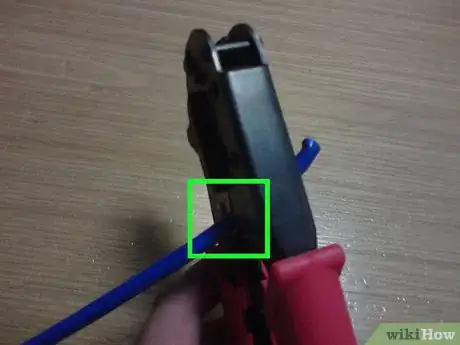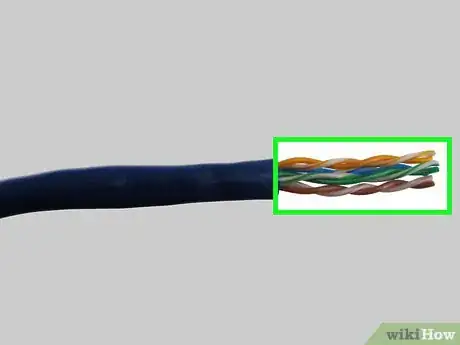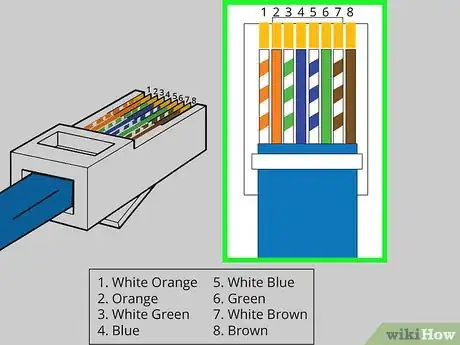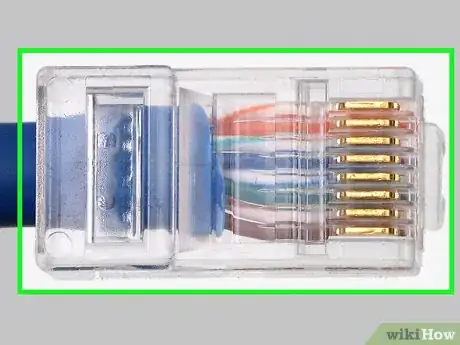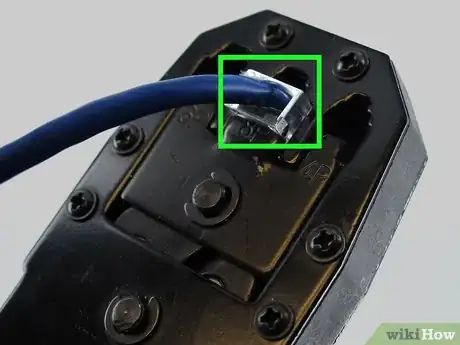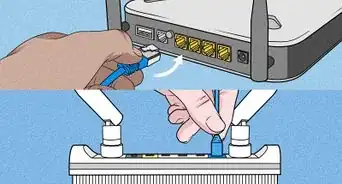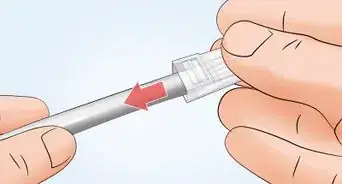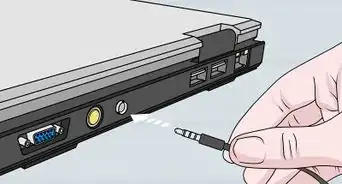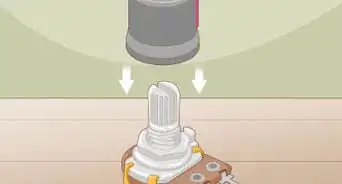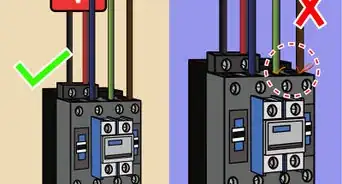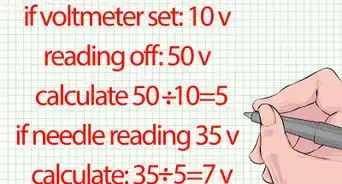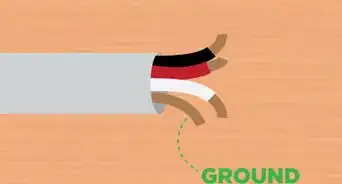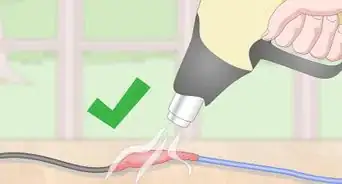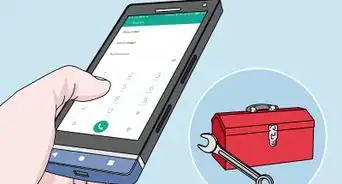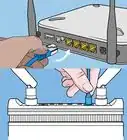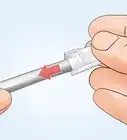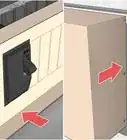X
wikiHow is a “wiki,” similar to Wikipedia, which means that many of our articles are co-written by multiple authors. To create this article, 12 people, some anonymous, worked to edit and improve it over time.
This article has been viewed 208,864 times.
Learn more...
Category-5 cable (or Cat-5 cable) is the most common type of cord used for wiring computers together in a network. While Cat-5 cables are readily available in various finished lengths, cutting and crimping your own is a far more cost-effective method for wiring together large networks. Learning how to cut and crimp Cat-5 cable is a simple process requiring only a few items.
Steps
-
1Determine the amount of Cat-5 cable you will need. If you only need a few lengths of cord to wire a home network or other small network, consider buying cables in finished lengths from a computer supply store. If your needs are larger, come up with a rough estimate of the total length of cable you need.
-
2Purchase the items you will need to build the cables. You will need to buy 3 things: a length of Cat-5 cable, as many RJ-45 heads as you need, and a wire crimping tool. Cat-5 cable is best purchased from small computer supply stores; larger chain stores are less likely to carry bulk spools of cable. The plastic ends of the cables are called RJ-45 heads, and can also be purchased from computer supply stores. Each cable needs 2 heads, so buy twice as many as the number of cables you want to make. When buying a Cat-5 crimping tool, look for a model that includes a wire snipping tool. To be conservative, buy more cable and heads than you think you need.Advertisement
-
3Cut the cable to length. Determine the length needed for your cable and use the wire cutting tool on the crimping tool to cut the cable to this length.
-
4Prepare the ends of the cable for crimping. Use the wire cutting tool to strip away about half an inch (12.5 mm) of the outer coating on each end of the cable. You will see 8 small colored wires twisted into 4 pairs. Carefully untwist each pair so that each of the 8 wires is separate. Now arrange the wires in the proper order. From left to right, put the wires in this order: green and white, green, orange and white, blue, blue and white, orange, brown and white, brown.
-
5Place the Cat-5 cable ends into the RJ-45 heads.
-
6Determine the orientation of the wires. (see pic)
-
7Line the 8 wires up neatly so that they will fit into the plastic head. Carefully insert the wires (all at once) into the plastic head, pushing them in as far as they will go. The exposed wires should line up with the 8 small metal contacts in the head.
-
8Crimp the head onto the cable. Place the plastic head into the appropriate slot in the crimping tool, being careful not to dislodge the 8 wires. With the head positioned properly, apply pressure to the crimper's handles to clamp the head down onto the wires. The metal contacts should now be touching each of the 8 wires. Repeat this process on the other end of the cable.
-
9Test your cable if desired. If you have a cable testing tool, insert both ends of your finished cable into the tool to check for a signal. The cable should now be ready to use.
Advertisement
Community Q&A
-
QuestionWhen inserting the wires into the connector, which way should the connector face?
 Community AnswerDo it with the gold pins facing up because that's how most ethernet cable wiring schematics are made.
Community AnswerDo it with the gold pins facing up because that's how most ethernet cable wiring schematics are made. -
QuestionI do not understand this order: green and white, green, orange and white, blue, blue and white, orange, brown and white, brown. What should I do?
 Community AnswerUsually, the order doesn't matter because cat 5 cable is not used anymore and in one of the example images, it shows cat 5e. Anyway, from my experience with cat 5e I have crimped cables in a different order than I have seen store bought cables crimped so it's no big deal as long as the wires are in the same pattern on both sides.
Community AnswerUsually, the order doesn't matter because cat 5 cable is not used anymore and in one of the example images, it shows cat 5e. Anyway, from my experience with cat 5e I have crimped cables in a different order than I have seen store bought cables crimped so it's no big deal as long as the wires are in the same pattern on both sides.
Advertisement
Things You'll Need
- Cat-5 cable
- RJ-45 heads
- Cat-5 crimping tool
References
- Videos provided by dial2fast
- http://www.ertyu.org/steven_nikkel/ethernetcables.html
About This Article
Advertisement


